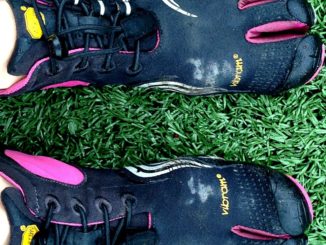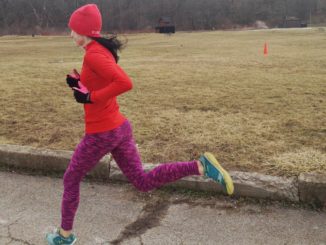
What is the Difference Between Minimalist and Normal Running Shoes?
There are major differences between minimalist and normal running shoes which include the barefoot-feel of minimalist running shoes were found to do a better job at increasing the likelihood of avoiding a force intensive-heel strike, and instead, encourages a forefoot strike landing tied to significantly lower instantaneous loading and vertical impact peaks as compared to normal cushioned running shoes.




